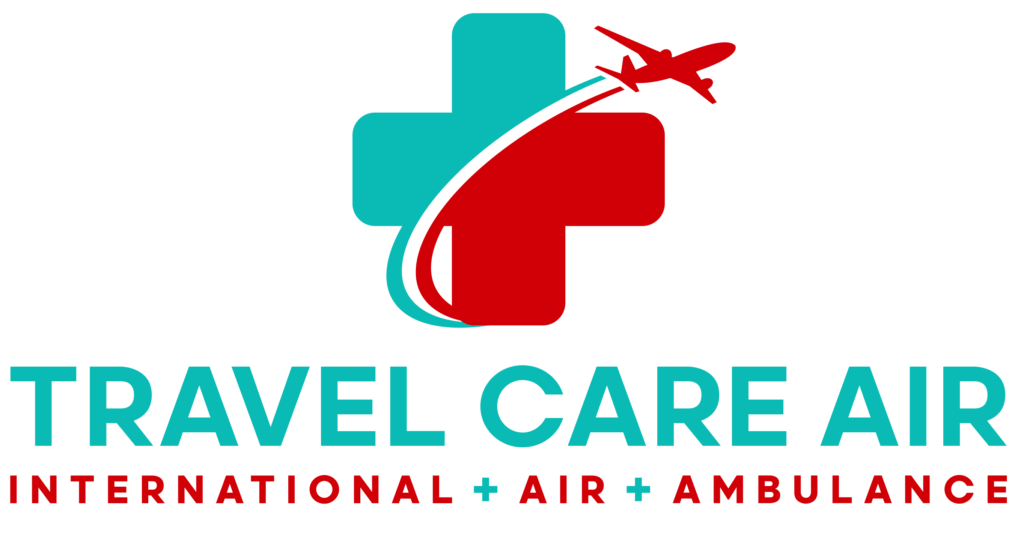The air ambulance rate bill seeks to stabilize how Medicare reimburses air medical providers, especially in rural communities. By setting clearer payment rules, the air ambulance rate bill intends to improve reliability so patients can access timely transport when every minute counts.
The reimbursement problem
Studies have shown that some providers receive Medicare reimbursements below their actual costs, particularly in rural areas. When Congress relies on short-term fixes, providers face uncertainty each time those adjustments near expiration. That uncertainty can threaten aircraft availability and response times across the country.
What the bill proposes
The proposal would replace short-term patches with longer-term rate adjustments. It outlines payment increases for urban and rural transports and adds a bonus for “super-rural” zones. It also expands prior-authorization tools to curb abusive billing and keep funds focused on legitimate medical needs.
Why rural access depends on stable rates
Rural patients often rely on air medical transport because ground options are limited or too slow. Predictable reimbursement helps operators staff bases, maintain aircraft, and retain critical-care crews. In short, stable funding supports dependable coverage when distance and time work against patient outcomes.
Anti-fraud measures and prior authorization
To protect the Medicare budget, the bill strengthens prior-authorization programs that identify high-risk patterns. Tighter oversight reduces fraud, preserves resources for real emergencies, and builds trust between providers, payers, and patients.
How this fits with other policy changes
Rulemaking and legislation often move in parallel. For context on operational and regulatory shifts that affect patients and providers, see FAA Sets Date for Air Ambulance Rules and New FAA Air Ambulance Regulations. For cross-border coordination challenges, review Arranging Medical Transport Across Borders.
What patients and case managers should do now
Policy can change, but preparation stays the same. Case managers should verify payer requirements early and confirm prior-authorization steps before scheduling a flight. Families should ask providers about coverage, expected out-of-pocket costs, and timelines so surprises don’t slow a transfer.
